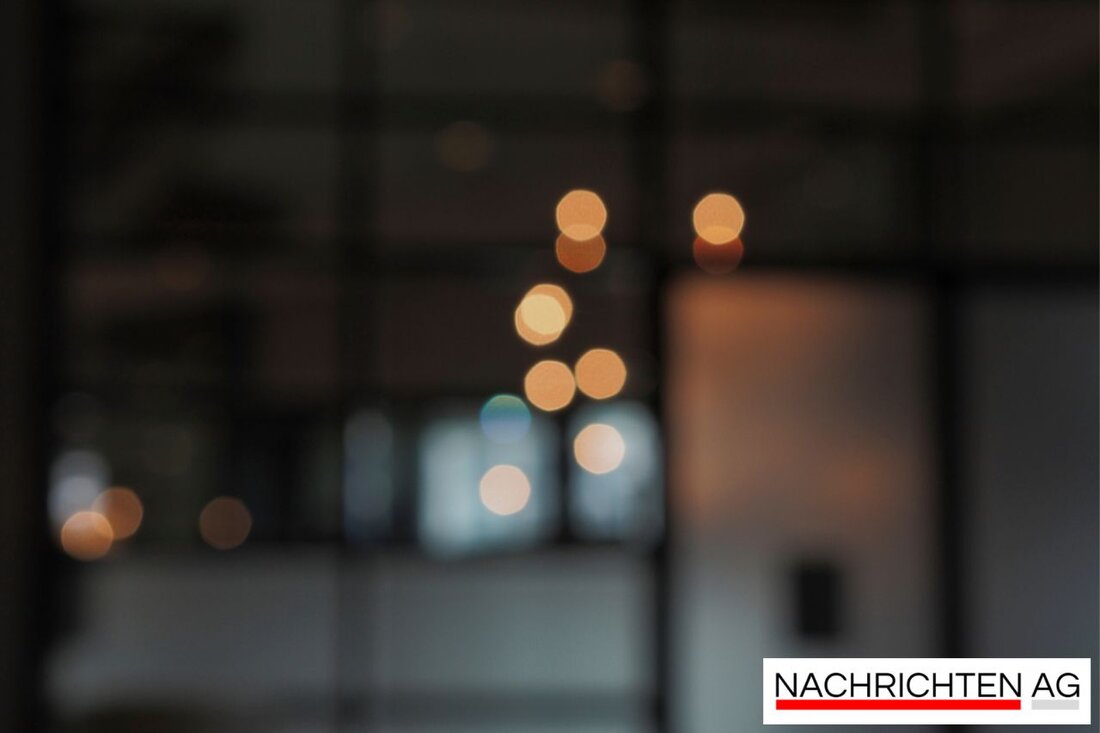Memorial exhibition commemorates the victims of the GDR border regime
Opening of the traveling exhibition on the victims of the GDR border regime in Saxony-Anhalt on September 11, 2025 in Salzwedel.

Memorial exhibition commemorates the victims of the GDR border regime
A particularly thoughtful traveling exhibition will be on display in Salzwedel in the coming weeks. Under the title “Shot at the border. Remembering the victims of the GDR border regime in Saxony-Anhalt,” the exhibition highlights the dramatic and often tragic fates of 75 people who violently lost their lives on the 343-kilometer-long former inner-German border between Saxony-Anhalt and Lower Saxony. This event was initiated by the authority to come to terms with the SED dictatorship and will be open to view in the foyer of the Salzwedel town hall from September 11, 2025, as salzwedel.de reports.
The exhibition will be opened ceremoniously at 6:30 p.m. by Johannes Beleites, the representative of the state of Saxony-Anhalt for coming to terms with the SED dictatorship. He acts as a competent contact point for those affected by SED injustice and will certainly use this opportunity to talk about the great challenges associated with coming to terms with the past. Those interested must register for the event, which can be done easily by email or telephone.
A deeper look into the past
What makes this exhibition so special? It not only offers a haunting reminder of the people who lived under a repressive system for many years. The diagrams in the exhibition clearly show how the GDR border regime worked, which was a symbol of division and violence for decades. This reminder is particularly important because the border regime left not only physical but also psychological scars. The Catholic coming to terms with the past has a special dimension in Saxony-Anhalt, as the region was heavily affected by the events of the division by the “Iron Curtain”, which divided the continent for over 40 years [mwu.sachsen-anhalt.de].
The exhibition will be accessible free of charge during town hall opening hours until October 10, 2025. It's worth a visit to learn more about the tragic fates of the border victims and to reflect on the historical facts. Unfortunately, the memory of the GDR border regime was overshadowed by other topics for a long time. This only changed gradually, only with the blunt reports about the violence at the border and the victims who could no longer defend themselves against this injustice, as well as the [bpb.de](https://www.bpb.de/themen/deutschlandarchiv/313950/die-todesopfer-des-ddr- Grenzregimes-ihre-aufarbeitung-und-die-erinnerungskultur/) describes.
A place of reminder
The “Iron Curtain” and the border regime included brutal means such as barbed wire fences, ground mines and self-firing devices. When recording the deaths, it is important to mention that history was often not shaped by the victims themselves, but by the violence and repressive structures of the SED. The first reliable figures on the death toll were only published late. In 1993, 274 victims killed by external influences were recorded, a number that increased to 421 in the years up to 2001. It is not entirely clear how many deaths were actually caused by the GDR border regime, and many of the fates were never investigated.
The discussion about the appropriate culture of remembrance is still a hot topic. The exhibition in Salzwedel offers an important step in the right direction and invites us to reflect on Germany's divided past and how we can shape and preserve the memory of the victims. Take the opportunity to look, listen and reflect - there is much to learn from history that affects us all.

 Suche
Suche